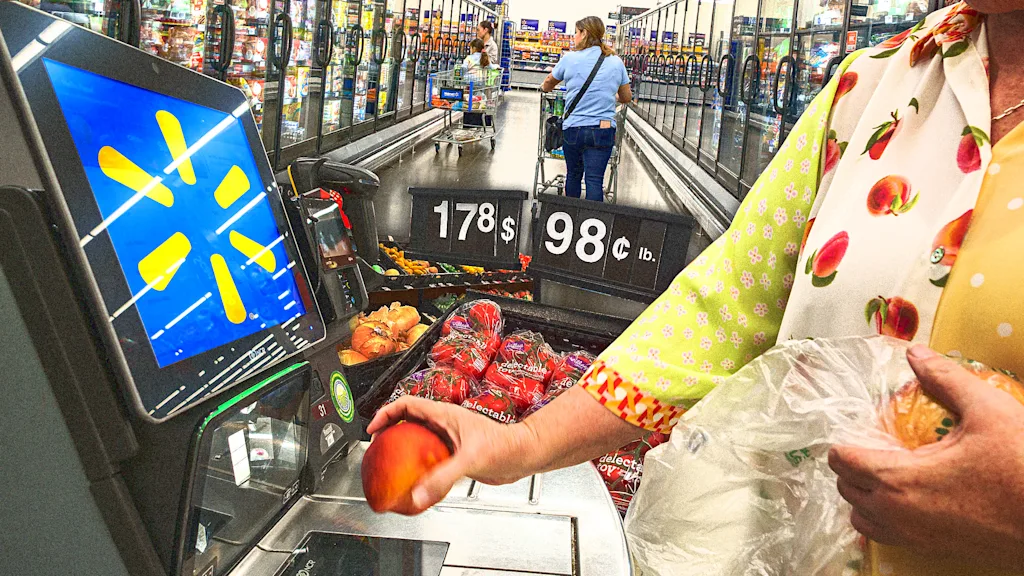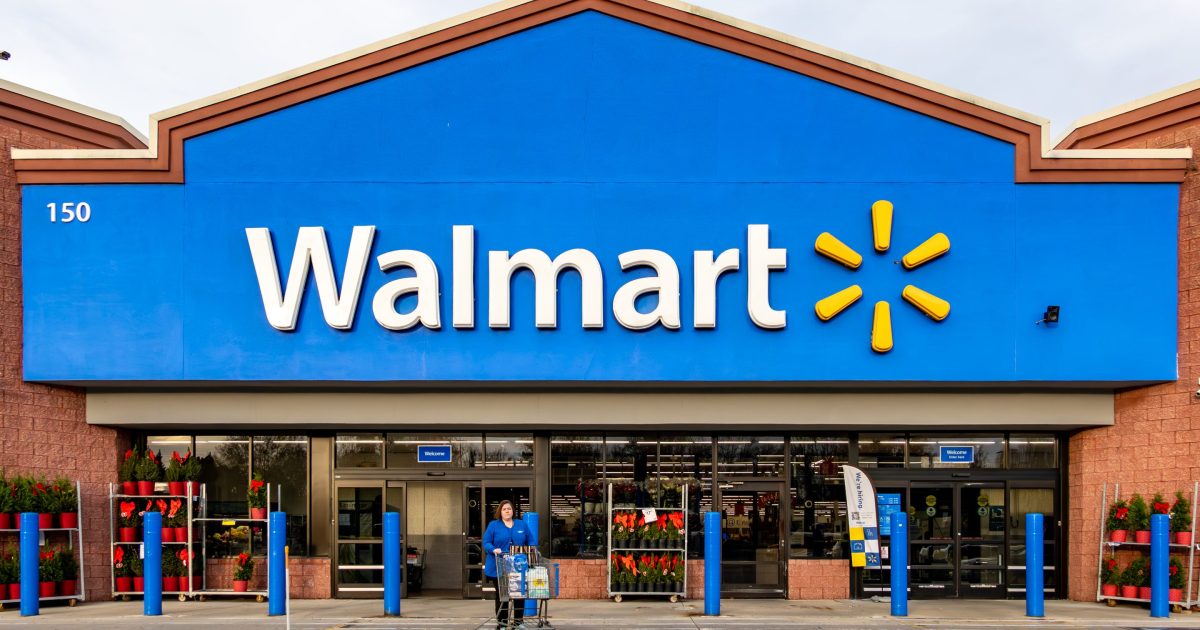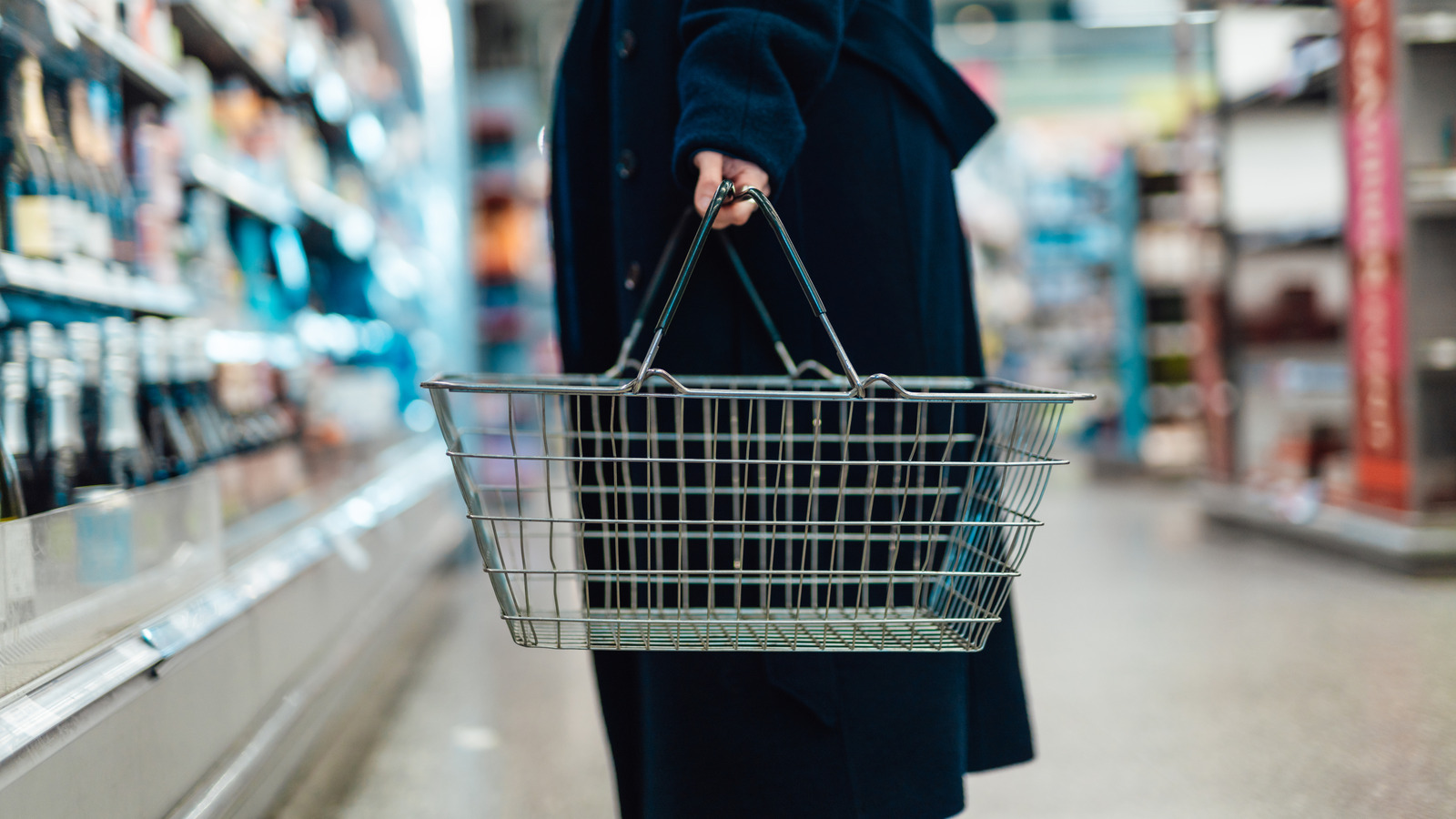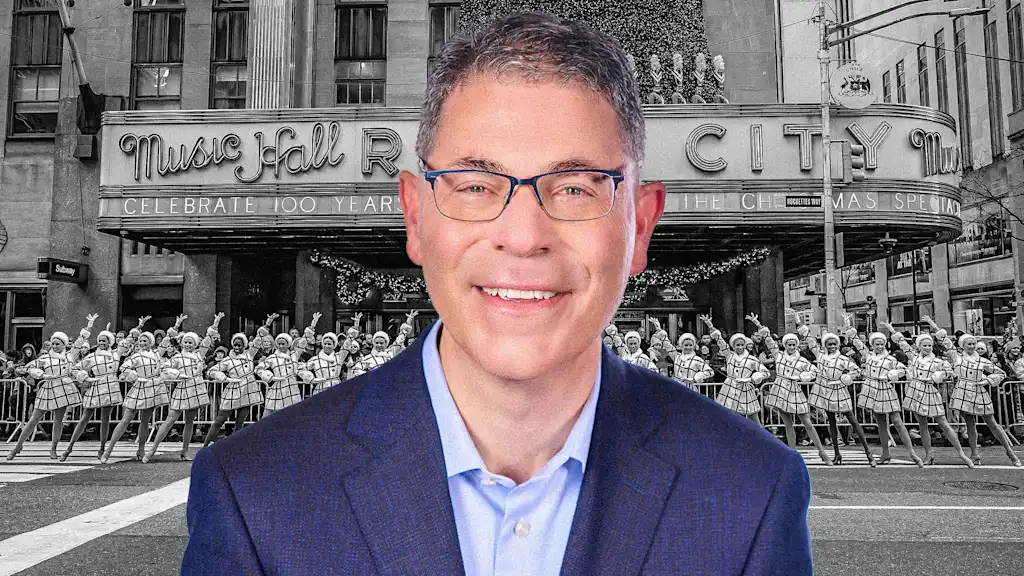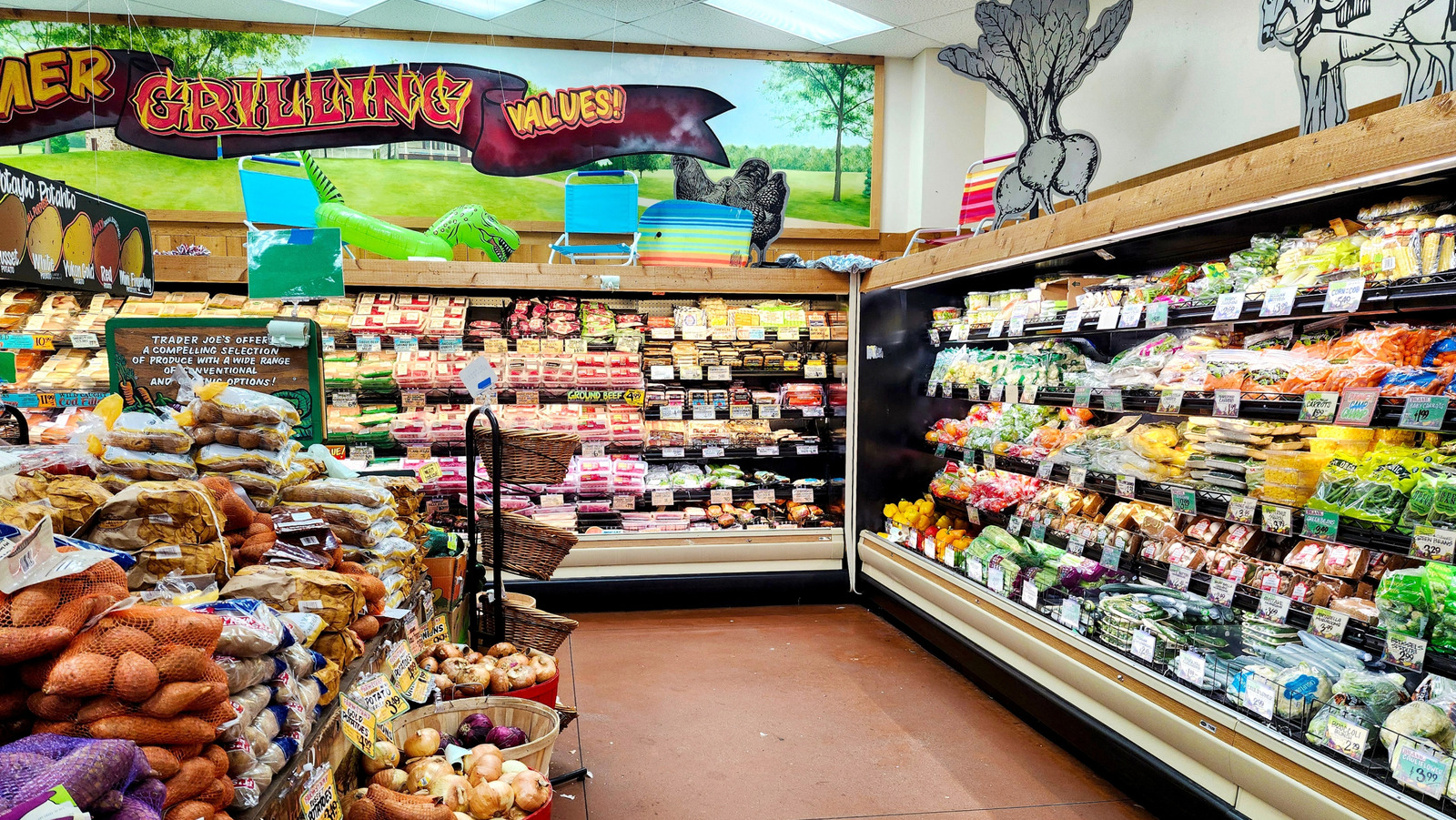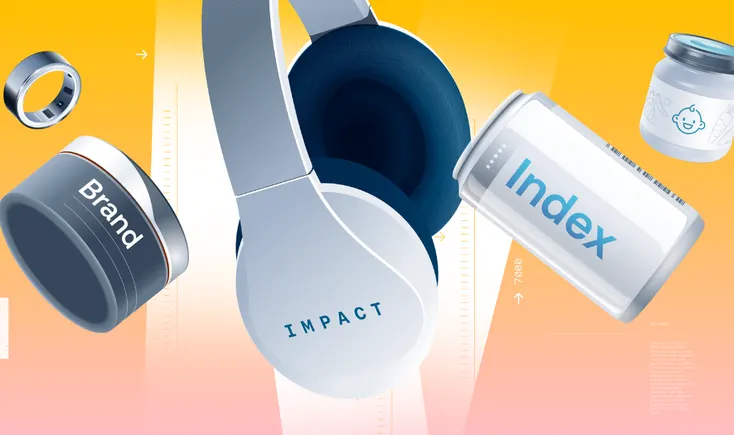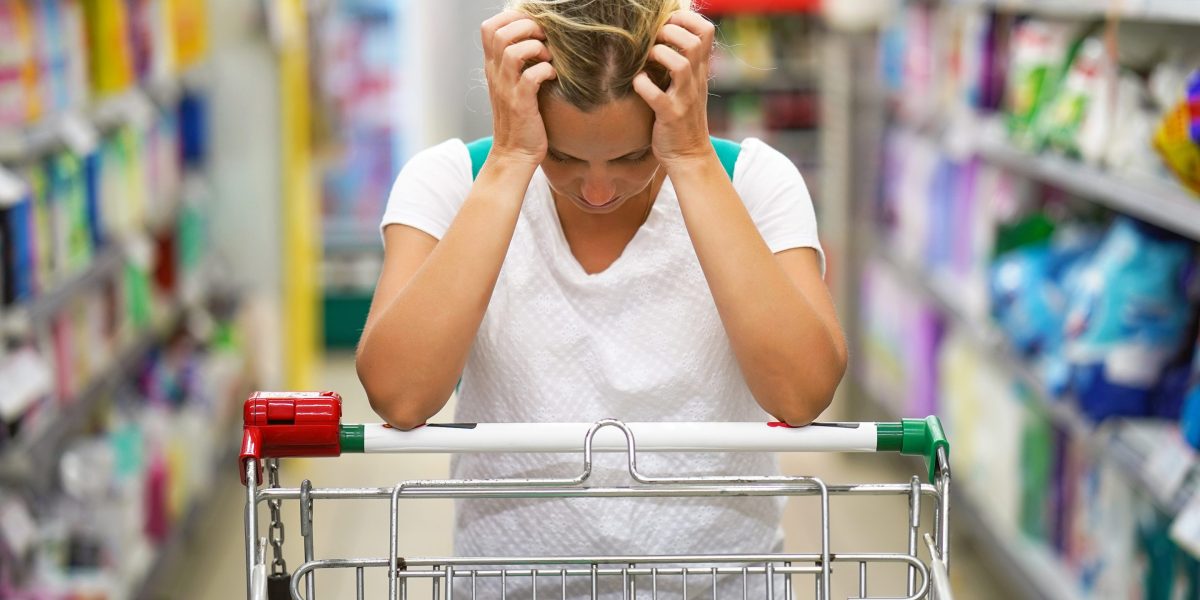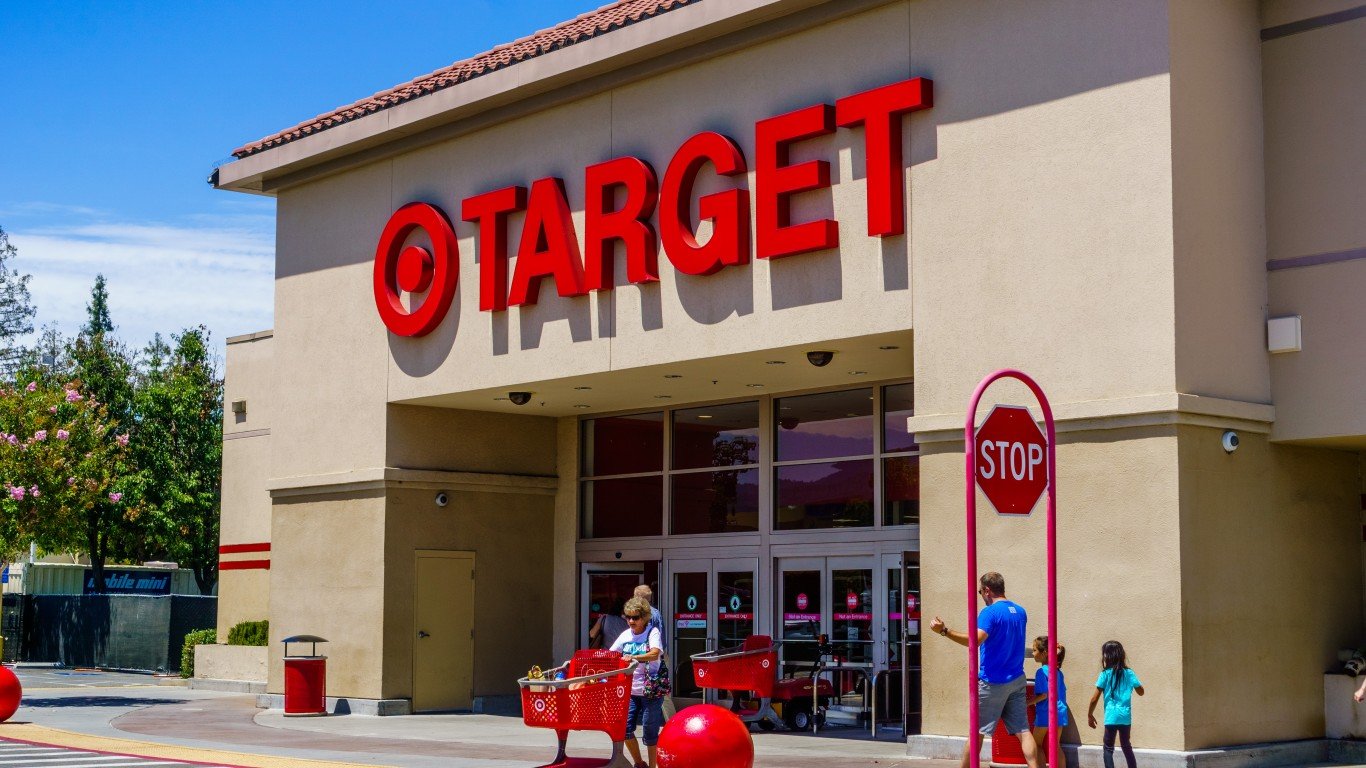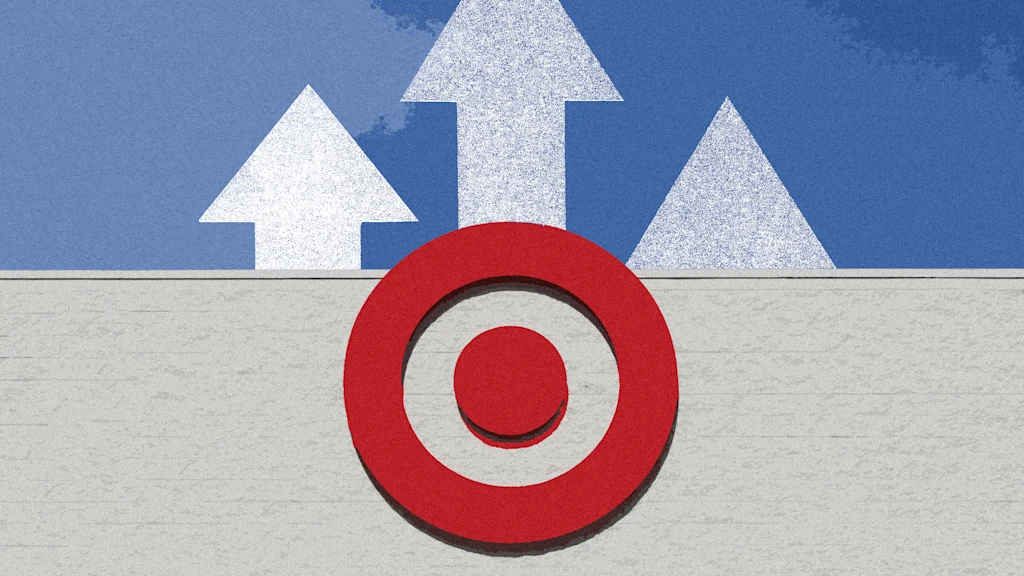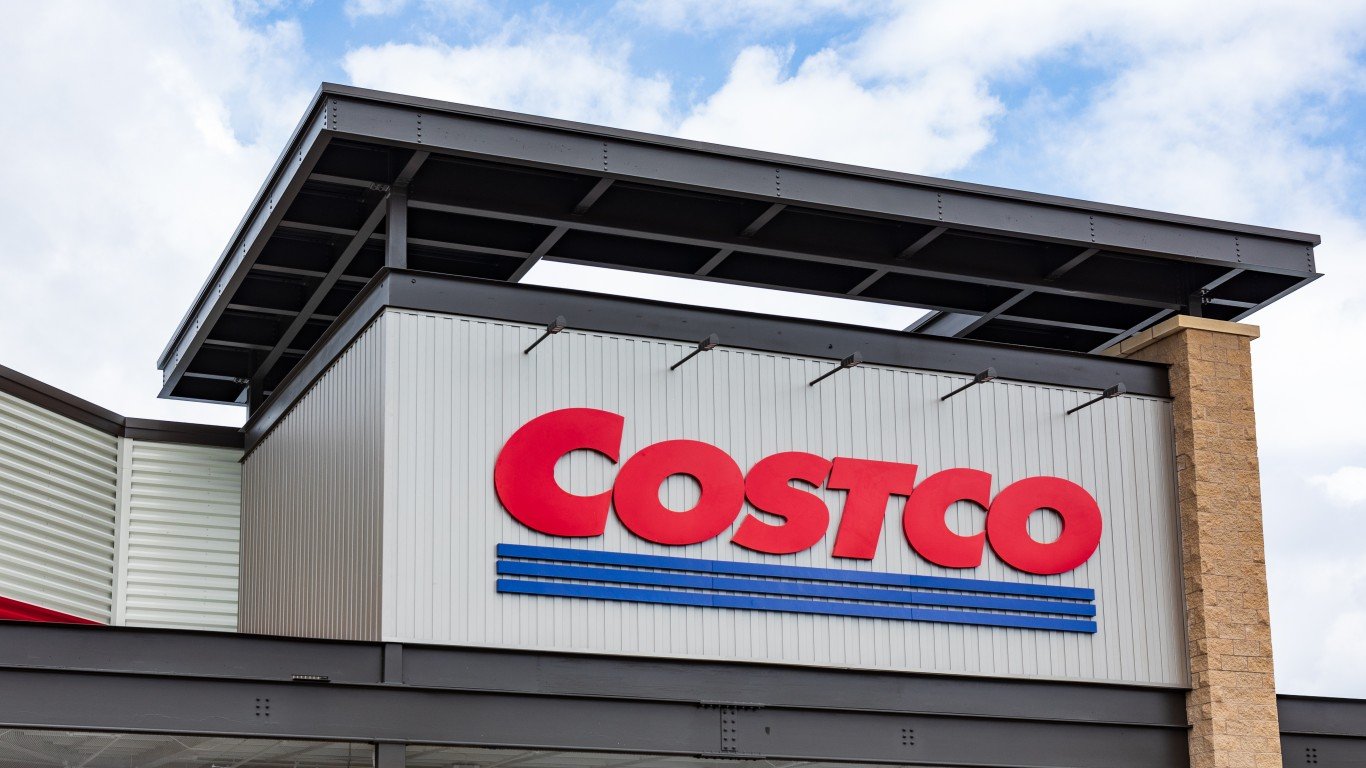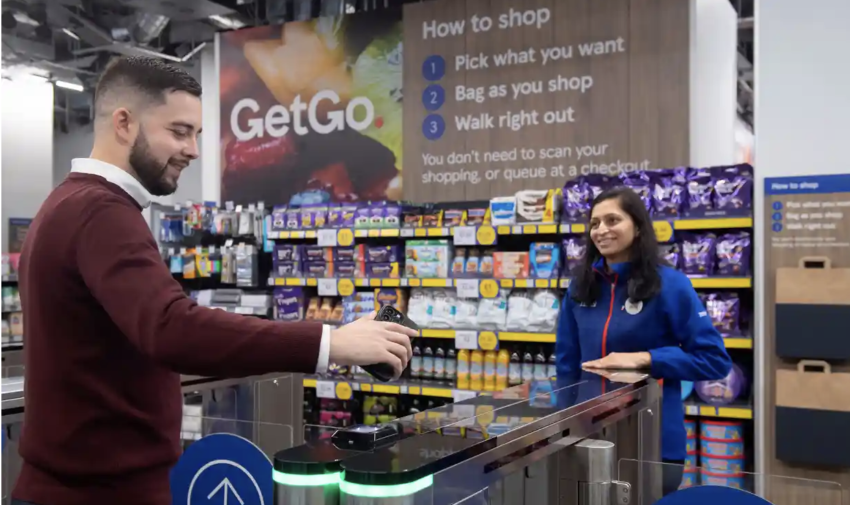fromMarketing Dive
3 days agoHome Depot builds bridge to influencers with creator portal
Over the past six months, brands as varied as Sephora, Chewy and Lowe's - Home Depot's direct competitor - have launched similar marketplaces as influencers become more critical to connecting with consumers. Affiliate marketing, a key piece of many of these programs, is expected to drive over $210 billion in U.S. e-commerce sales this year and will reach nearly $280 billion by 2028, according to eMarketer.
E-Commerce
